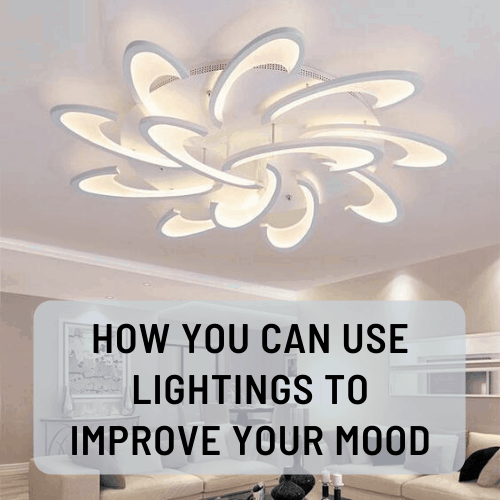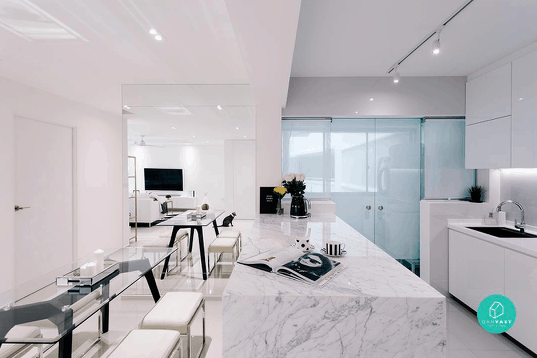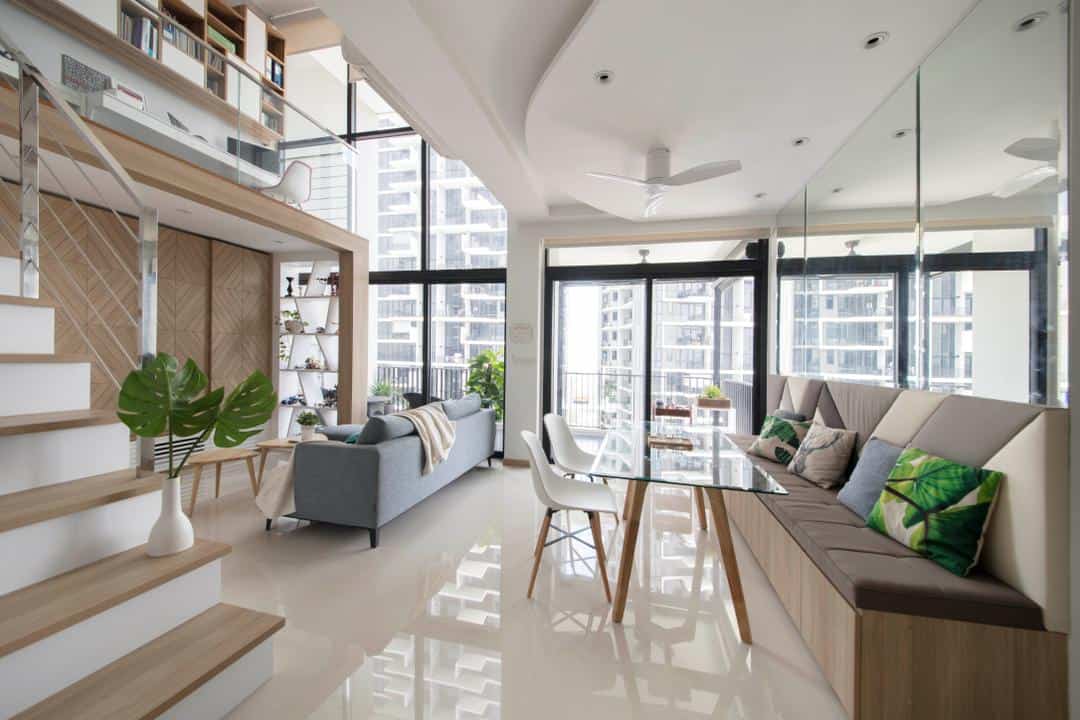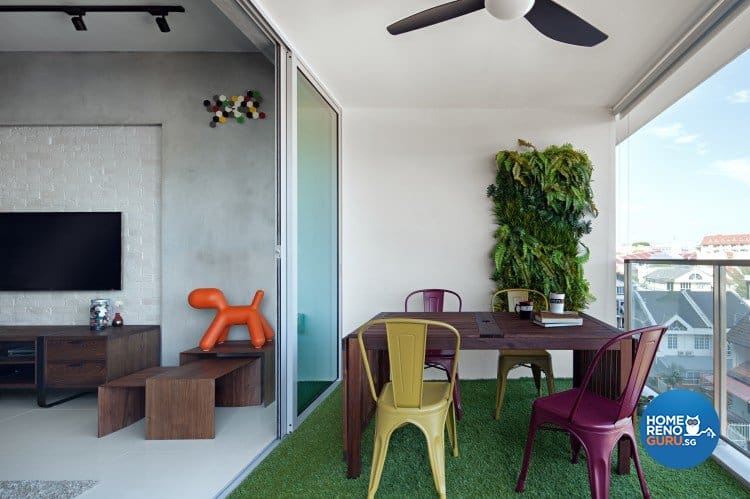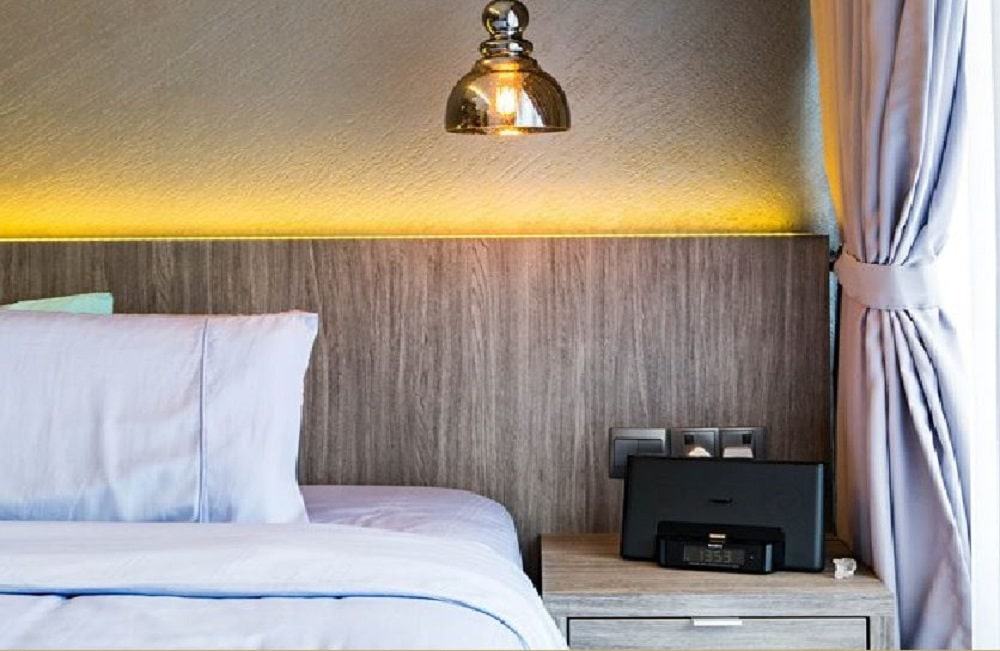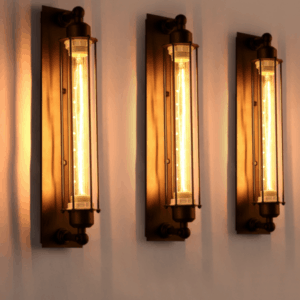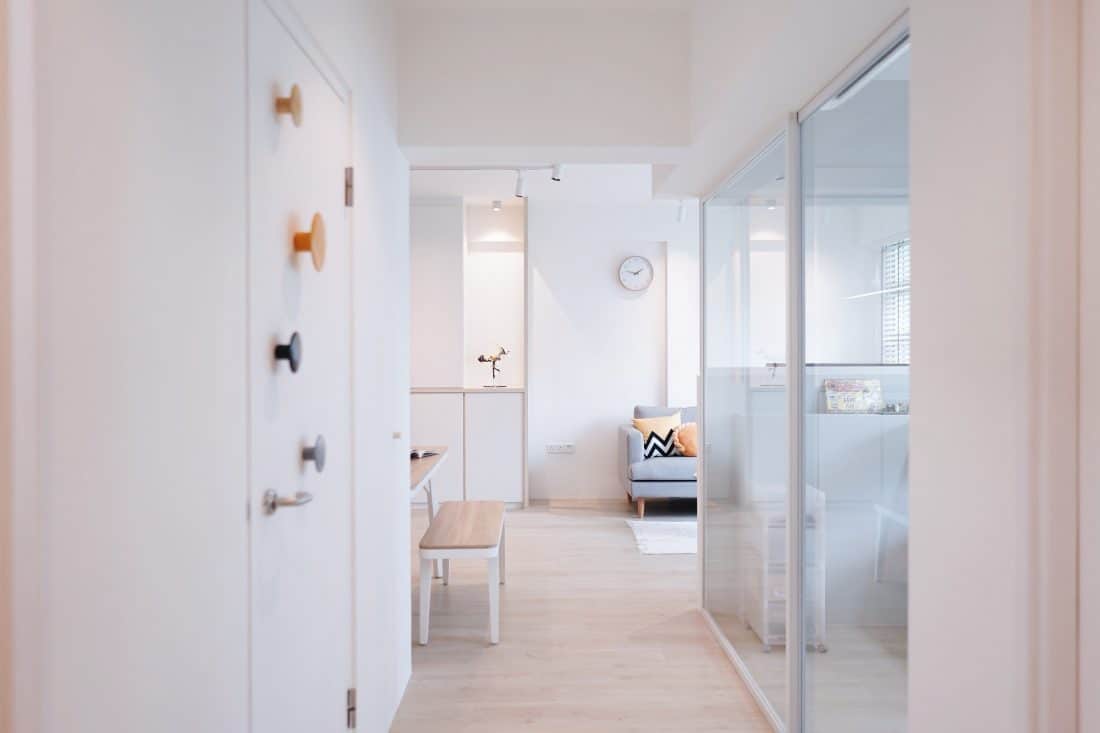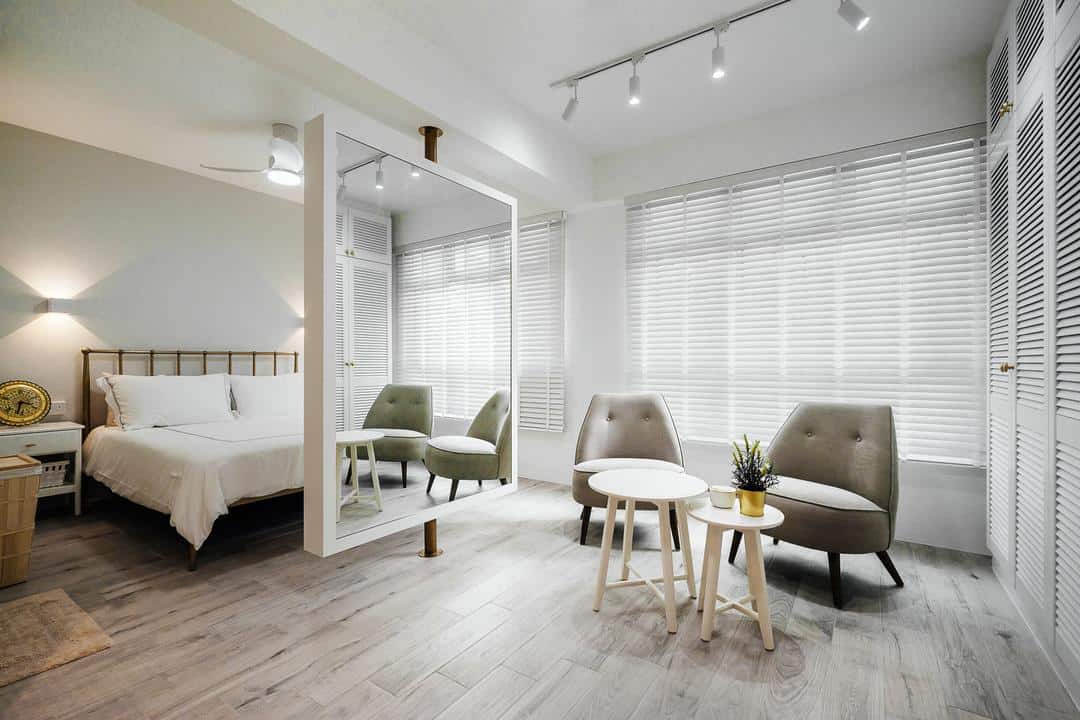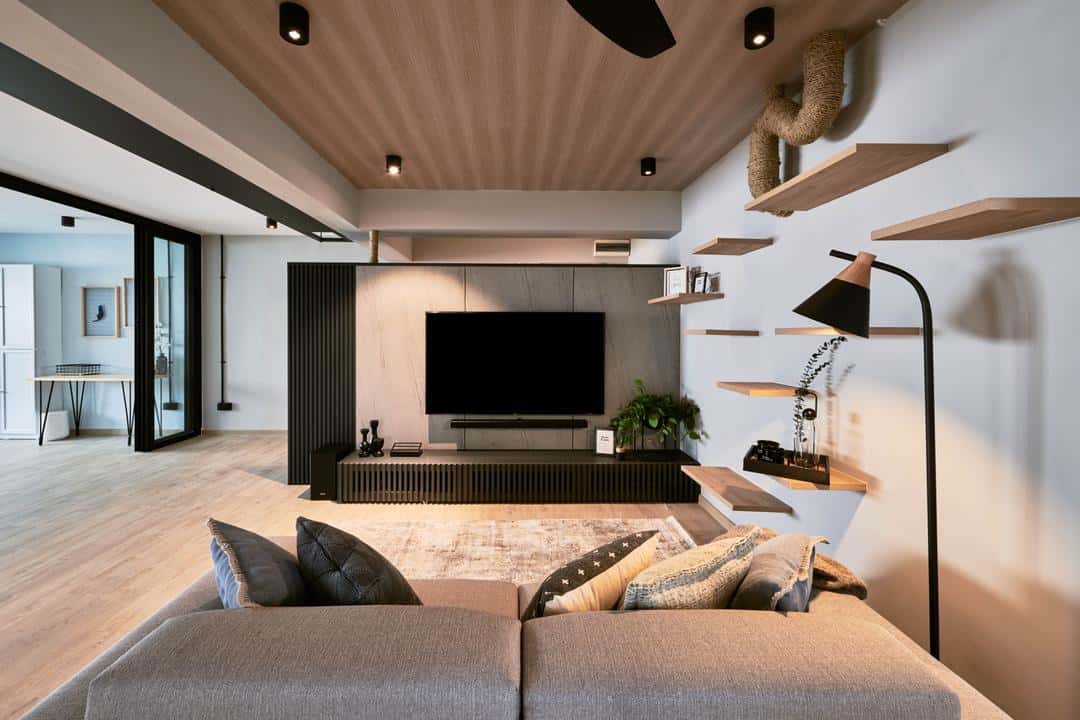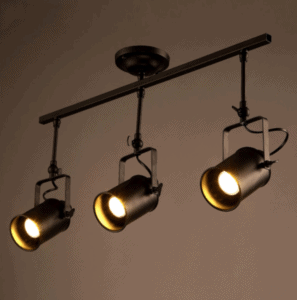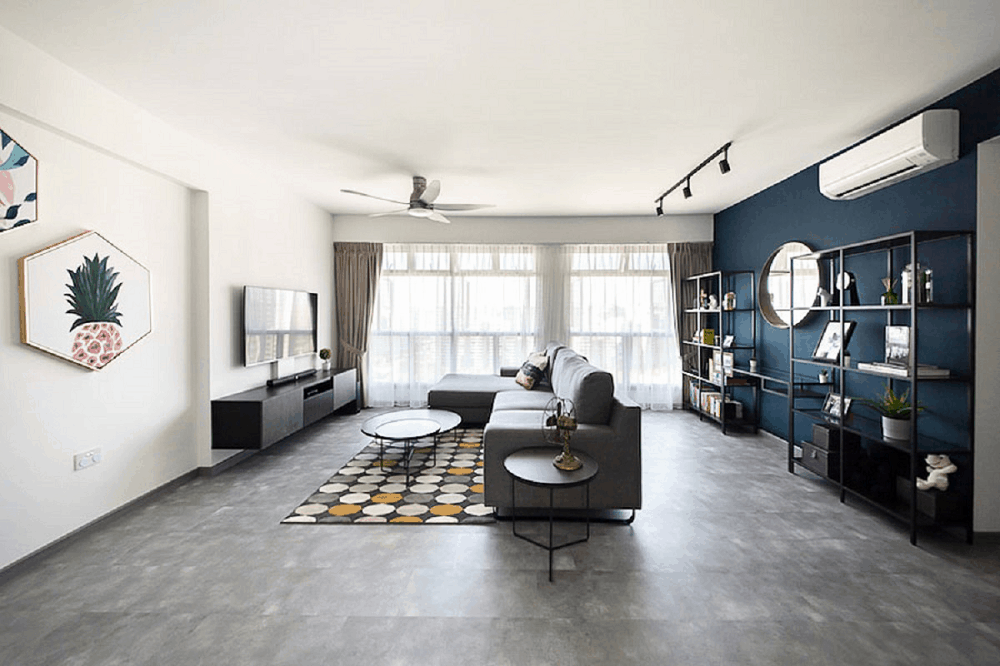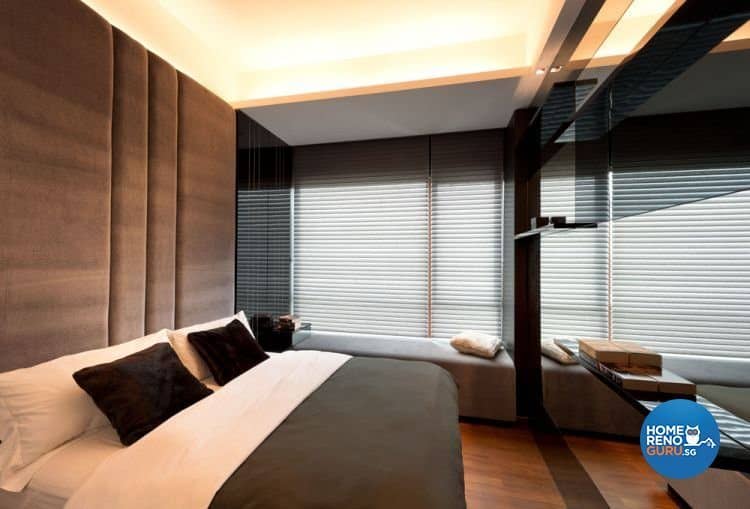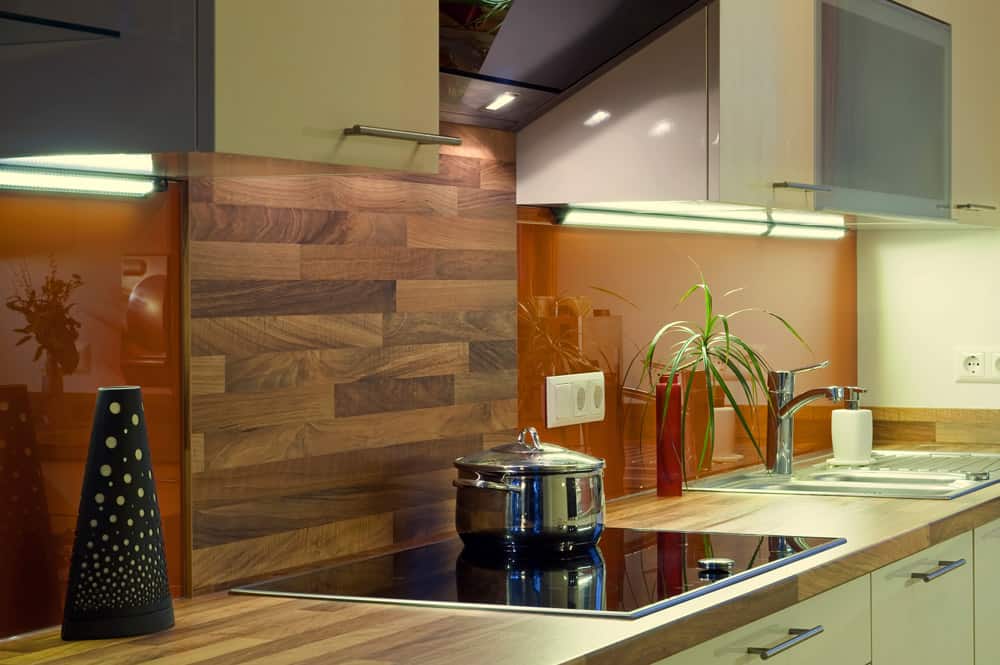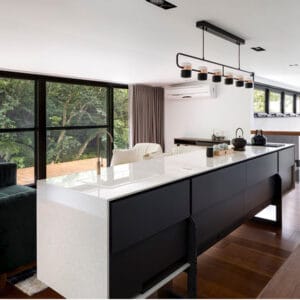Photo from Pinterest
Everyone wants to be happy. With lightings around us everyday, have you wondered how you can use lightings to improve your mood? Mood certainly plays a big role in our everyday lives. It has severe impact that affects the decisions we make on a daily basis. Compromising one’s mood can cloud a person’s judgment and affect anyone’s logical reasoning. If you’re in a bad mood, there’s a very high chance that you might not function at your best. This is why being in a good mood is very essential.
There are different ways to set a person’s mood. Some involve themselves in physical acts like working out, others turn to inspirational materials such as podcasts or books, while others try to psych themselves just to turn things around. Most often than not, all these can help. But what if I tell you that I can recommend something that will put you in the right mood in the long run, not just temporarily? The solution I’m telling you is simple enough- improving your lighting.
Having good lighting at home, at work, or anywhere you spend most of your hours in a day is oftentimes overlooked as a solution to improving one’s mood. In this article, you will learn how lighting affects mood and how you can use this knowledge to improve your mood.
Basic Relationship of Lighting and Mood
Lighting as mentioned is one of the best solutions for a better mood. If you’re not yet convinced, below are some facts that you should know.
A. Right Light Make Things Right
Good lighting boosts productivity, making it critical to use the right kind of light in the right place, at the right time. A lot of research has been conducted supporting lighting and how it affects mood. There are also studies that point out the right lighting you should use in order to create a happy environment at work and at home.
For example, fluorescent lights have been used for many years. However, the emergence of LED lights has changed the norm, and studies show that it’s been altered for the better. LED lights are currently depicted to be useful in providing the right kind of light. The use of the said lights are claimed to contribute to boosting energy, thus better mood.
It is also proven that you can set your mood through the right level of brightness of light in your surroundings. While high light levels can keep you up and alive, lower levels can help you to relax, unwind, and even fall asleep faster.
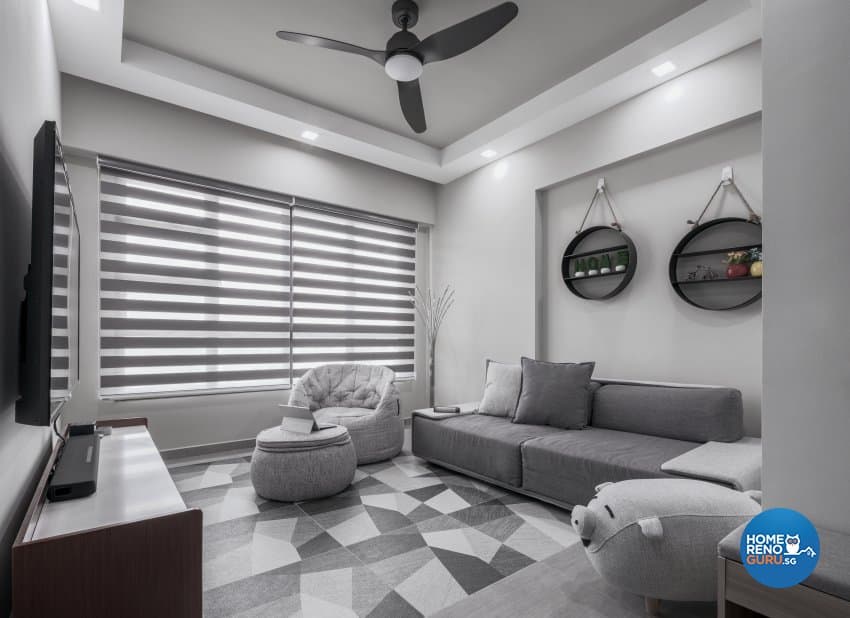
Later, you will know more about the right lighting and what suits you best.
B. Saturation and Hue Helps Make a Better You
High intensity of color, otherwise known as high saturation can have amplifying effects on emotions. On the contrary, low saturation can dampen your feelings. As supported by research, colors created by artificial light can evoke different emotions and have other effects on the body.
For example, blue and white light can boost your mood and make you energetic. However, experiments have pointed out that blue and white light can interrupt sleep patterns. Red and yellow light on the other hand may mellow your mood, but using it at night can help improve mental health. It is a must for you to acknowledge that hues of light have its own advantages and disadvantages.
Later, we will be providing recommendations on how to apply these knowledge on saturation and hue in lighting to help improve your mood.
Image Credit: Qanvast
C. Simulated Light Gives you a Fight
Mental illness is true, and it goes beyond a person being petty and being unappreciative. Nowadays that the rate of those suffering from mental illness is peaking, a simple remedy such as simulated lights is a welcome development. The aforementioned are lighting systems that can help in the fight against mental illness.
Did you know that lack of light contribute to depression, vitamin D deficiencies, mood swings and lethargy? Since most people are indoors majority of the day, simulated lights were invented, from the word itself, to simulate natural lighting. Scientifically speaking, research has found out that people exposed to natural light tend to feel happier, get better sleep, and are less likely to suffer from depression. Thus, the need for simulated lights.
Image Credit: Free Space Intent
Improving Mood with Lightings
Now that we know and understand the theory and relationship between mood and lightings, it’s time to focus on the particulars. As a matter of fact, knowing the concept will mean nothing if we don’t apply it practically.
As mentioned earlier, the different colors of light have various positive and negative effects. This is why it’s important for you to acknowledge your emotions. Your sentiments can vary, and so are the lights that can help ease up your mood.
I. Natural Light When Feeling Blue
Let’s start with the most basic lighting – natural light.
Serotonin is a chemical with a variety of functions in the body. Usually called the “happy chemical”, this mood-boosting hormone is triggered by daylight. Thus, the darker your environment is, the more difficult it is for your brain to produce serotonin. Whenever you’re feeling down, access to natural light can help.
Practical Tip:
This is where the need for windows and skylights come in to place. First, make sure your windows are clean. Next, you can position mirrors next to or across the windows to bring in more sunlight.
If privacy is your concern and that’s why you avoid clear windows, you can also install light tubes. Light tubes are physical structures used for transmitting or distributing natural light for illumination. These cylindrical pipes basically channel light from your roof and reflect it into the part of your home you prefer.
Image Credit: Solatube
Image Credit: Home Reno Guru, Weiken Design PTE LTD
II. Red Light When Agitated or Restless
Feeling restless is not a wanted emotion since it ruins your mood and hinders you from being productive; you can be restless or agitated either because you are hungry or because you did not sleep well. The lighting you are exposed to the day of your sleep can actually affect the latter.
If you have a smart watch, you can detect your sleep pattern and check the percentage of restful, light, or disrupted sleep that you get. If you are having few restful sleep, you should consider exposing yourself to red light more.
Image Credit: Sleep Watch
Practical Tip:
To be less agitated in the morning, expose yourself to red, yellow, or amber lighting the night before. That’s why installing light bulbs with these color temperatures in your bedroom are highly recommended. With yellow light, you’ll still be able to see what you’re doing while helping your body produce the sleep hormone it desperately needs. You can opt for a simple wall light or cove ceiling light that provides yellow light.
Image Credit: Renopedia, Rezt and Relax
Shop Here: BEATA Bermuda Triangle Pencil Wall Light
III. Blue Light to Heighten the Mood
LED lights are commonly used in many office environments. The use of LED lights, which give off blue and white lights, is a good move for offices, as these lights are known to boost attention and mood, hence better productivity.
However, there should be caution in the use of blue lights as these are known to disrupt sleep cycles.
Practical Tip:
Special blue lights are proven to induce good mood among people. Hence, it is recommended. But it should not be used a lot. It is good to have blue light only for certain scenarios. The time of the day to use it should also be noted; avoid using it a few hours before you sleep.
The confusion here is on the use of LED lights, which is highly recommended as “the right light”. The comparison between LED lights and fluorescent lights are well documented, proving that the former is more advantageous in most categories. One downfall of LED lights compared to fluorescents, however is that it produces a fair amount of light in the blue spectrum. This is where variable lighting comes in to place, which will also be discussed in a while.
There are also blue light-blocking glasses available in the market. This can come in handy since computers and other electronic screens emanate blue light as well. If you use your tablet or cellphones at night as a tool for falling asleep, you may also install blue light-blocking apps available for free on your app store.
Image Credit: Renonation, Authors- Interior and Styling
IV. Dimmer Switch When Feeling Anxious
Studies have repeatedly shown that bright light amplifies emotions while lower light helps to keep feelings at a steady level.
Practical Tip:
Having options will help you more often than not. Installing dimmer switch gives you the flexibility to move in between different light levels without sacrificing bright overhead lighting when you need it. Install dimmer switches and just change light levels as you see fit.
Image Credit: Renonation, Authors- Interior and Styling
V. Circadian Lighting When Feeling Sluggish
Feeling sluggish in the morning is a common concern that ruins your mood. You may have missed out on your morning coffee, or probably did not sleep well enough. Being sluggish in the morning can be attributed to poor sleeping patterns, which can be solved by circadian lighting.
Circadian lighting is the concept that light can be use to support human health by minimizing the effect of electric light on the human circadian rhythm. Knowing a person’s common routine, circadian lighting systems are designed to provide varying lights at a given time of the day. Presently, there are three electric light approaches to implementing a circadian lighting system- intensity tuning, color tuning, and stimulus tuning.
Practical Tip:
If you feel sluggish in the morning despite trying many solutions, it could be time for you to invest on circadian lighting system. In Singapore, the Salvation Army Peace Haven Nursing home was industrialized by the said lighting system. The lighting system was controlled by an app and was designed to change color temperature from 4000k in the morning to 6500k in the middle of the day, and down to a warmer 2700k in the evening. The study was a success and was found out to help the people in the nursing home emotionally.
If budget is a concern, you can opt to have circadian lighting system manually. Just do it yourself and follow the same concept of varying color temperature depending on the time of the day.
Image Credit: Qanvast, Mr. Shopper Studio
VI. Variable Lighting for Balance
Up to this point, it has been established that natural light is the best light for a better mood. But realistically speaking, it is obvious why there is need for artificial lights. We have also discussed that different light temperatures pose different advantages and disadvantages. Furthermore, dimmer switches and circadian lighting system were also explained, which pretty much balances out everything. This is where variable lighting comes into place. Variable lighting is simply a combination of the use of dimmer switches, circadian lighting system, plus the use of task lighting.
Practical Tip:
Additional to dimmer switches and circadian lighting system, you can also add task lighting so you can dim overhead lights and use individual lights instead. Variable lighting is about providing flexibility whether it is adjustment in color temperature, amount of light, or the light itself.
When you catch the idea of all these, you can then use it to your advantage and do it at home. For example, in your bedroom, let’s say you read a book before sleeping. You can dim or turn off your main light, switch on an accent light such as a few yellow pin lights or track lights, and open your bedside lamp as the main source of light for reading. With this, you are able to expose yourself to yellow light and avoid blue light for a high chance to get a restful sleep. You are also helping yourself be relaxed, as you don’t strain your eyes while using your lamp. And if you’re budget conscious and you use this method, you may improve your mood as you can cut down on your electric expense since your main light is off.
Get This Here: HAKAN Scissors-Hand Extendable Lamp
Shop here: JERKER Stylish Spotlight with Track and Pole
Recommendations Per Room
Warm White Lighting for your Living Room
Image Credit: Renopedia, Starry Homestead
The living room is expected to be the liveliest place in a household. The area should be filled with energy and this could be done through warm white lighting.
Furthermore, the living room is expected to be well-lit, ensuring that every corner is illuminated. Otherwise, this could result in low mood. By optimizing lighting, you’re making your living room a place of joy for your family and guests.
Cool White Light in the Office
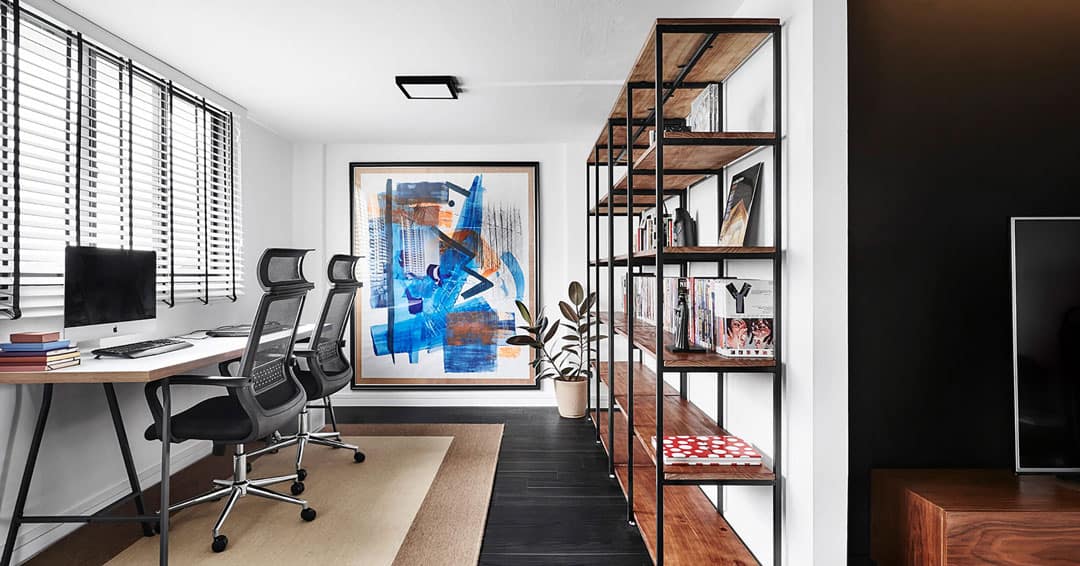
Cool White Lighting can also help boost concentration, thus good for offices and school. It is also recommended to put less light on the perimeter, unless it is natural light.
Warm Colored Light in the Bedroom
For partners, the bedroom is a place where joyous moments and intimacies are shared. For some, it is simply a place to rest and rejuvenate. Warm colored light is suggested for this room. In general, low light level at activity space with a little perimeter lighting is highly recommended. Neon lights on the other hand are not advisable as it can make you feel uneasy and tensed.
Image Credit: Home Reno Guru, Weiken Design PTE LTD
Cool White Light for the Kitchen
Cooking requires fire. In Feng Shui, to balance fire, cool white lighting is recommended. This is perceived to provide good health and fortune for the family. However, if you don’t believe in Feng Shui, there is really no rule on the right lighting for kitchen to improve mood. It is more of your personal preference. Our general recommendation would be: if you cook a lot, go for daylight. If you cook occasionally, go for cool-white. And if you rarely cook, go for warm-white!
The trend right now for kitchen is the use of pendant light as these are both decorative and a wonderful source of task and ambient lighting. To improve mood, good ventilation or perhaps a fan can make you more comfortable.
Image Credit: Renonation
Get this here: Cylonoa Sleek and Class Spotlight Hanging Lamp
Conclusion
In general, good lighting improves mood and energy levels while poor lighting can cause depression and other emotional turmoil. By taking note of the points presented in this article, you can hopefully use lighting properly and improve your concentration, mood, and other aspects of life.
